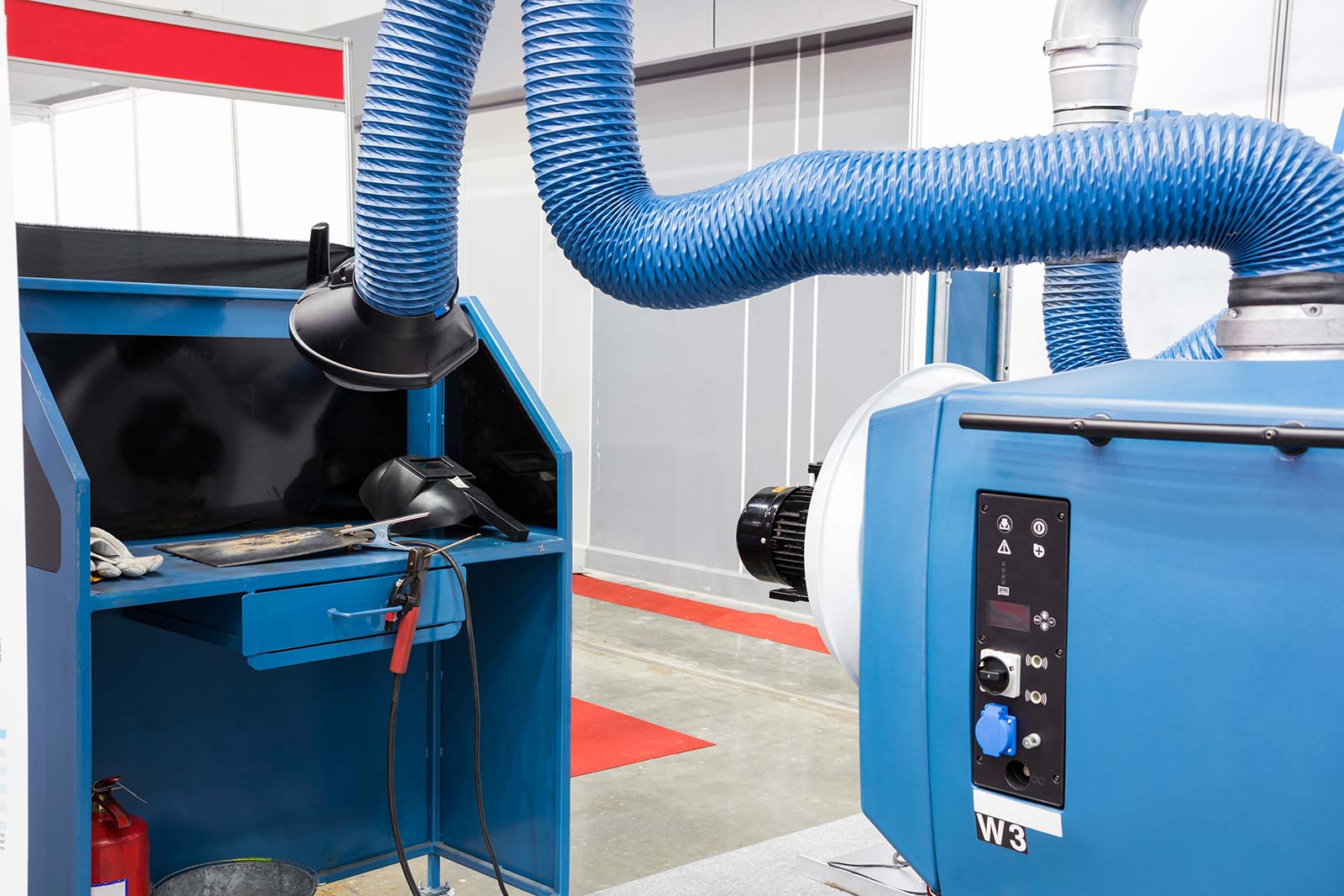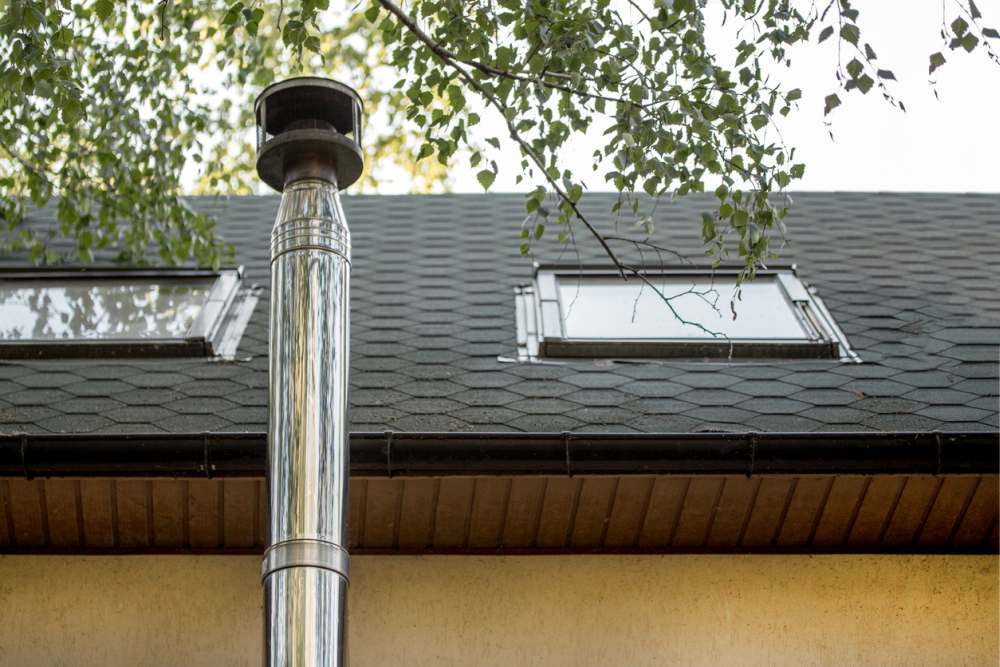Proper Ventilation in Plumbing Systems: Why It Is Essential
Proper Ventilation in Plumbing Systems: Why It Is Essential
Blog Article
Are you trying to find details involving What Is a Plumbing Vent and Why Is It Important?

Proper air flow in plumbing systems is commonly ignored, yet it is critical for keeping the performance and safety and security of your home's plumbing. Air flow assists regulate atmospheric pressure, prevent the accumulation of unsafe gases, and guarantee the efficient removal of waste. In this guide, we will certainly check out the significance of correct plumbing air flow, how it functions, and the advantages it gives your pipes system.
Understanding Ventilation in Pipes
Air flow in pipes refers to the network of pipes that permit air to move with the water drainage system. These vents serve multiple purposes, consisting of managing atmospheric pressure within the pipes, avoiding sewer gases from entering the home, and assisting in the smooth flow of wastewater.
How Air Flow Works in Pipes Solutions
Air Pressure Law
Appropriate air flow maintains well balanced air pressure within the pipes system. When water flows with pipelines, it displaces air. Without adequate air flow, this displacement can produce adverse stress, bring about reduce drains pipes or siphoning of water from traps, which can cause unpleasant smells to leak into the home.
Avoiding Sewer Gas Buildup
Among the most critical features of plumbing vents is to prevent drain gases, such as methane and hydrogen sulfide, from accumulating within the home. These gases can present serious wellness threats and are very combustible. Vent pipelines permit these gases to escape securely outdoors.
Helping in Waste Removal
Air flow helps in the effective removal of wastewater by preventing airlocks in the water drainage system. When air can move openly via the vents, it enables water and waste to flow efficiently with the pipelines, minimizing the danger of clogs and back-ups.
Types of Pipes Vents
Main Heap Vent
The primary stack air vent, likewise called the air vent stack, is the primary vent in a plumbing system. It prolongs from the major drain line up through the roof, enabling gases to leave and fresh air to enter the system.
Branch Vent
Branch vents connect to the primary pile vent and serve individual components, such as sinks, commodes, and showers. These vents make certain that each component has sufficient ventilation to operate properly.
Air Admittance Shutoff (AAV).
An Air Admission Shutoff (AAV) is a one-way valve that enables air to get in the plumbing system without the requirement for a conventional vent pipe prolonging with the roofing system. AAVs are generally used in remodellings or areas where installing a conventional vent is unwise.
Indicators of Poor Ventilation in Pipes.
Slow Draining Fixtures.
If your sinks, bathtubs, or toilets are draining pipes slowly, it could be a sign of bad air flow. Poor air circulation can produce a vacuum result, making it hard for water to drain pipes correctly.
Gurgling Appears.
Gurgling noises originating from drains are frequently an outcome of air being sucked through water catches due to unfavorable stress in the pipelines. This is a clear sign of insufficient ventilation.
Undesirable Odors.
Sewage system smells inside your home are a warning that your pipes system is not properly ventilated. This might imply that sewer gases are not being effectively aired vent outside, leading to potentially dangerous problems.
Common Ventilation Blunders.
Inadequate Vent Sizing.
Making use of small air vent pipes can lead to inadequate air circulation and stress inequalities in the system. It's essential to utilize vents that satisfy the certain demands of your pipes system.
Improper Vent Positioning.
Placing vents too much from the components they offer can decrease their performance. Correct positioning makes sure that air can stream easily and successfully with the system.
Disregarding Code Demands.
Building ordinance supply specific standards for pipes air flow. Ignoring these codes can result in a system that falls short to function properly and may bring about pricey fixings or carcinogen.
Benefits of Proper Air Flow.
Improved System Effectiveness.
Appropriately ventilated plumbing systems run a lot more efficiently, with less blockages, faster draining pipes, and less stress on the pipelines. This effectiveness extends the life-span of the pipes system.
Improved Air Quality.
By protecting against drain gases from entering your home, appropriate ventilation contributes to much better interior air high quality, making your living atmosphere healthier and a lot more comfy.
Preventing Water Damages.
Appropriate air flow assists prevent water from being siphoned out of traps, which can bring about drain gases entering the home and triggering water damages gradually.
Steps to Ensure Appropriate Ventilation.
Consulting Plumbing Codes.
Always speak with neighborhood pipes codes when making or modifying your plumbing system. These codes provide the essential guidelines for appropriate venting and ensure your system satisfies safety and security standards.
Routine Evaluation and Maintenance.
Regular inspections can assist recognize prospective air flow concerns prior to they end up being major issues. Maintenance jobs, such as cleansing air vent pipelines and checking for obstructions, are vital for maintaining the system in good working order.
Expert Setup.
For new installations or significant adjustments, it's wise to employ an expert plumbing. They have the competence to ensure the ventilation system is correctly developed and mounted according to code.
Final thought.
Appropriate ventilation is an important element of any pipes system, making sure that it functions successfully and safely. By understanding the importance of air flow, acknowledging the indications of bad air flow, and taking steps to keep your system, you can stop pricey concerns and protect your home's air quality.
Understanding the Role of Your Plumbing Vents in the Drainage System
The plumbing system in your home is more than just the kitchen sink, toilet, and bathroom. Some problems that arise within home plumbing are hard to detect because homeowners may not understand potential causes.
One part of the plumbing system that could cause you endless problems is the venting. The drain lines that run through your home and drain wastewater need proper venting to function properly. Faulty plumbing vents can lead to several problems that require the expertise of a plumber to check them out. Before finding experienced plumbing services, there are a few things to learn about plumbing vents.
Why vents are vital
Vents in the plumbing system lead to an outside area such as the roof or the back. The function of these vents is to keep sewer gases away from the drain pipes. They also establish seals in the drainage pipes that prevent the sucking back of waste gases into the home. Venting in the plumbing system also allows oxygen to get into the drainage system, which is an essential component in the breakdown of waste matter. The vents also ensure that the air pressure within the drainage system remains balanced, facilitating the flow of wastewater.
Possible problems
When the plumbing vents are problematic, one of the consequences is imbalanced water levels in the toilet. If you notice that the levels in the toilet bowl rise and fall all the time, then there may be something wrong with the vents.
Another issue is air bubble formation within the toilet. In most cases like these, the drain pipes are not receiving enough air. Lack of air pressure equalization is what leads to water flow problems. If you come across such issues in your home, make sure you call professional plumbers, such as the ones from Perfection Plumbing & Drain Cleaning Ltd.
Potential causes
Several scenarios can lead to some of the plumbing problems that homeowners suffer because of venting. One such scenario is the use of incorrectly sized vents. Usually, vents are the same size as the drain line to facilitate proper venting. Vents that are too small will lead to some plumbing issues. Another potential cause is fixtures that are not close enough to the vents. In this scenario, air forces itself through the traps of other fixtures, leading to gurgling sounds from toilets and sinks.
Most of these problems also happen with clogged vents. Tree leaves and debris can cause clogging when they make their way down a vent. Unclogging plumbing vents is a service that you can entrust to Saskatoon plumbers. They will know how to snake down vents and remove clogging stuck in fixtures.

I have been very eager about What Are Plumbing Vents and Why Are They Important? and I am praying you enjoyed our post. Liked our content? Please quickly share it. Let other people discover it. We truly appreciate reading our article about What Are Plumbing Vents and Why Are They Important?.
Course Detail Report this page